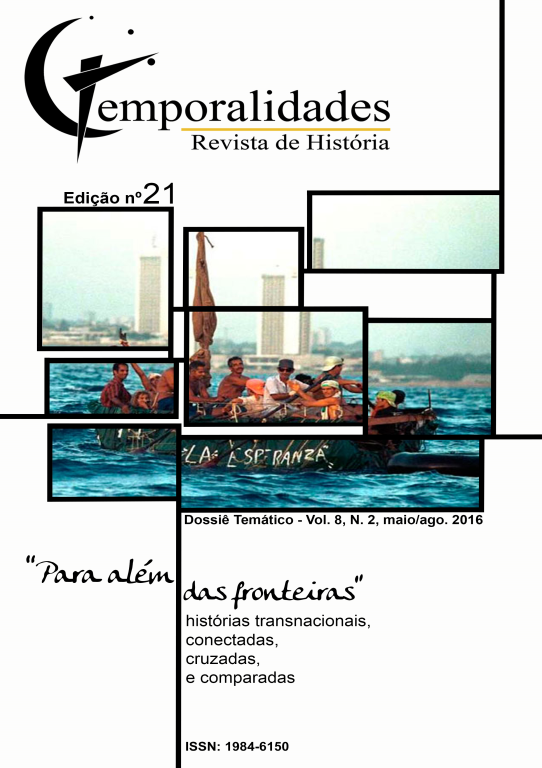Notas sobre o consumo de haxixe pelos literatos parisienses do Clube dos Haxixins
Palavras-chave:
Clube dos Haxixins, Paris, Oriente.Resumo
Na Paris de meados do século XIX, um grupo de literatos e intelectuais, que incluía Charles Baudelaire, Théophile Gautier, Gerárd de Nerval e Alexandre Dumas, à volta do psiquiatra Jacques-Joseph Moreau, encontrava-se mensalmente no chamado Hotel Pimodan para sessões de
ingestão de uma substância inebriante de origens orientais, exótica e pouco difundida até então na Europa, o haxixe. Nomeando tal grupo de Clube dos Haxixins, estes eruditos conduziram estas congregações por cinco anos, e sobre elas e sua substância protagonista, escreveram de diversas formas, e em diversos momentos de suas carreiras literárias. O presente texto, por meio dos escritos destes literatos, ponderará sobre os fatores que condicionaram este uso sistemático e relativamente duradouro do haxixe – uma substância pouco consumida se comparada ao então
extremamente popular ópio – e ainda a posterior presença deste como objeto literário, cuja aparição se deu em obras escritas mais de dez anos depois do fim das sessões embriagantes dos Haxixins, e foi constantemente relacionado a tópicos sobre o Oriente, questão que foi alvo de um assíduo interesse dos eruditos oitocentistas europeus.
ABSTRACT:
In the mid-nineteenth century Paris, a group of writers and intellectuals that included Charles Baudelaire, Théophile Gautier, Gerard de Nerval and Alexandre Dumas, along with the psychiatrist Jacques-Joseph Moreau, gathered monthly at the so called Pimodan Hotel intending to ingest an intoxicating substance of oriental origins, exotic and then little known in Europe, the hashish. Naming the group Club des Hashischins, these literati held these congregations throughout a period of five years, and wrote about them and their protagonist substance in different ways and at different times of their literary careers. This paper will ponder, by analyzing the works of these writers, the factors that conditioned this systematic and relatively long-lasting use of hashish – a little-used substance compared to the then extremely popular opium – and also the subsequent presence of it as a literary object, appearing in works written more than ten years after
the end of the Hashischins intoxicant sessions, and constantly related to topics about the East, matter of assiduous interest of European nineteenth-century scholars.
KEYWORDS: Club des Hashischins, Paris, East.
Downloads
Downloads
Publicado
Edição
Seção
Licença
O(A) autor(a), para fins de submissão à revista Temporalidades, deve declarar que o trabalho aqui submetido é de autoria do mesmo e nunca foi publicado em qualquer meio, seja ele impresso ou digital.
O(A) autor(a) também declara estar ciente das seguintes questões:
Os direitos autorais para artigos publicados na Temporalidades são do autor, com direitos de primeira publicação para o periódico;
Em virtude de aparecerem nesta revista de acesso público, os artigos são de uso gratuito;
A revista permitirá o uso dos trabalhos publicados para fins não-comerciais, incluindo direito de enviar o trabalho para bases de dados de acesso público.
A Temporalidades adota a licença internacional Creative Commons 4.0 (CC BY).







